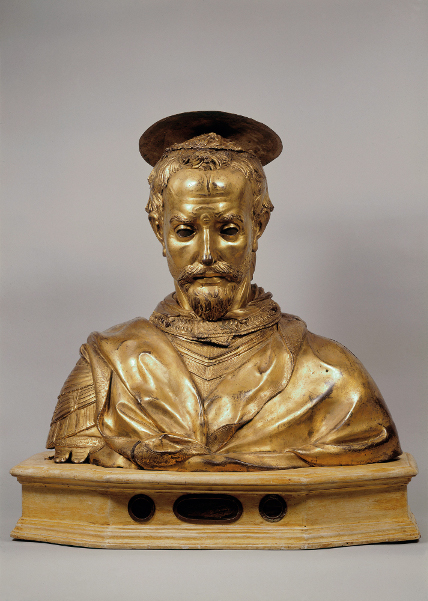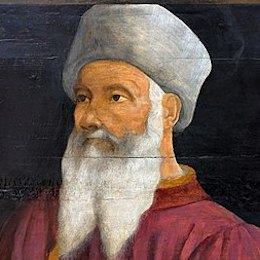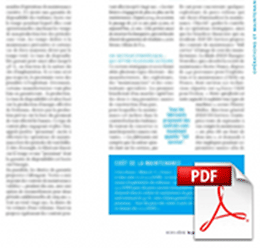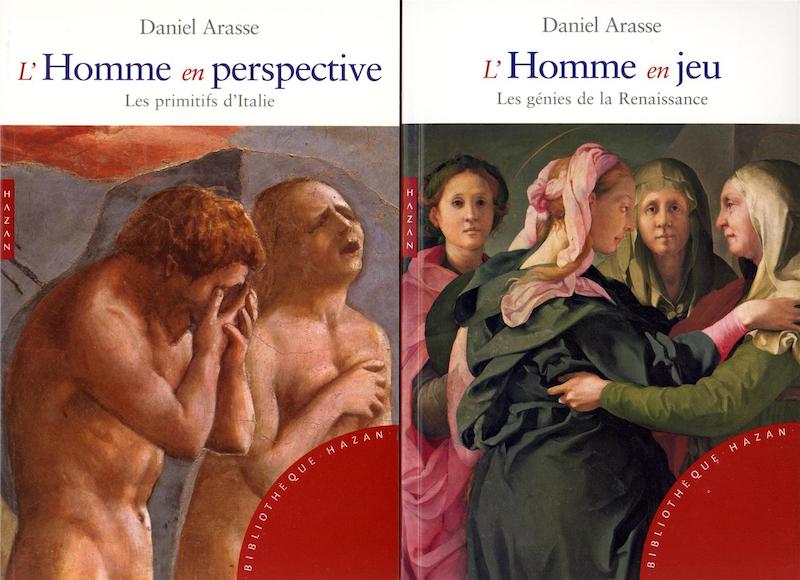Paolo Uccello
1397 (Florence) / 1475 (Florence)
"Uccello was not concerned with the reality of things, but with their multiplicity and the infinity of lines; so that he made blue fields, and red cities, and riders dressed in black armor on horses of ebony whose mouth is inflamed, and spears directed like rays of light towards all points of the sky.He also represented to himself all the beasts and their movements, and the gestures of men, in order to reduce them to simple lines. Then, like the alchemist who bent over the mixtures of metals and organs and watched their fusion in his furnace to find the gold, Uccello poured all the forms into the crucible of forms. combined, and melted them, in order to obtain their transmutation into the simple form on which all the others depend. That is why Paolo Ucello lived like an alchemist in the depths of his little house. He believed that he could transform all the lines into a single ideal aspect. He wanted to design the created universe as it was reflected in the eye of God, which sees all figures springing out of a complex center."
© Marcel Schwob, Art Absolument n°21, June 2007
"Uccello was not concerned with the reality of things, but with their multiplicity and the infinity of lines; so that he made blue fields, and red cities, and riders dressed in black armor on horses of ebony whose mouth is inflamed, and spears directed like rays of light towards all points of the sky.He also represented to himself all the beasts and their movements, and the gestures of men, in order to reduce them to simple lines. Then, like the alchemist who bent over the mixtures of metals and organs and watched their fusion in his furnace to find the gold, Uccello poured all the forms into the crucible of forms. combined, and melted them, in order to obtain their transmutation into the simple form on which all the others depend. That is why Paolo Ucello lived like an alchemist in the depths of his little house. He believed that he could transform all the lines into a single ideal aspect. He wanted to design the created universe as it was reflected in the eye of God, which sees all figures springing out of a complex center."
© Marcel Schwob, Art Absolument n°21, June 2007
Artist's articles
Artist's exhibitions

Le printemps de la Renaissance La sculpture et les arts à Florence 1400-1460
26/09/2013 - 06/01/2014(Paris) Musée du Louvre






